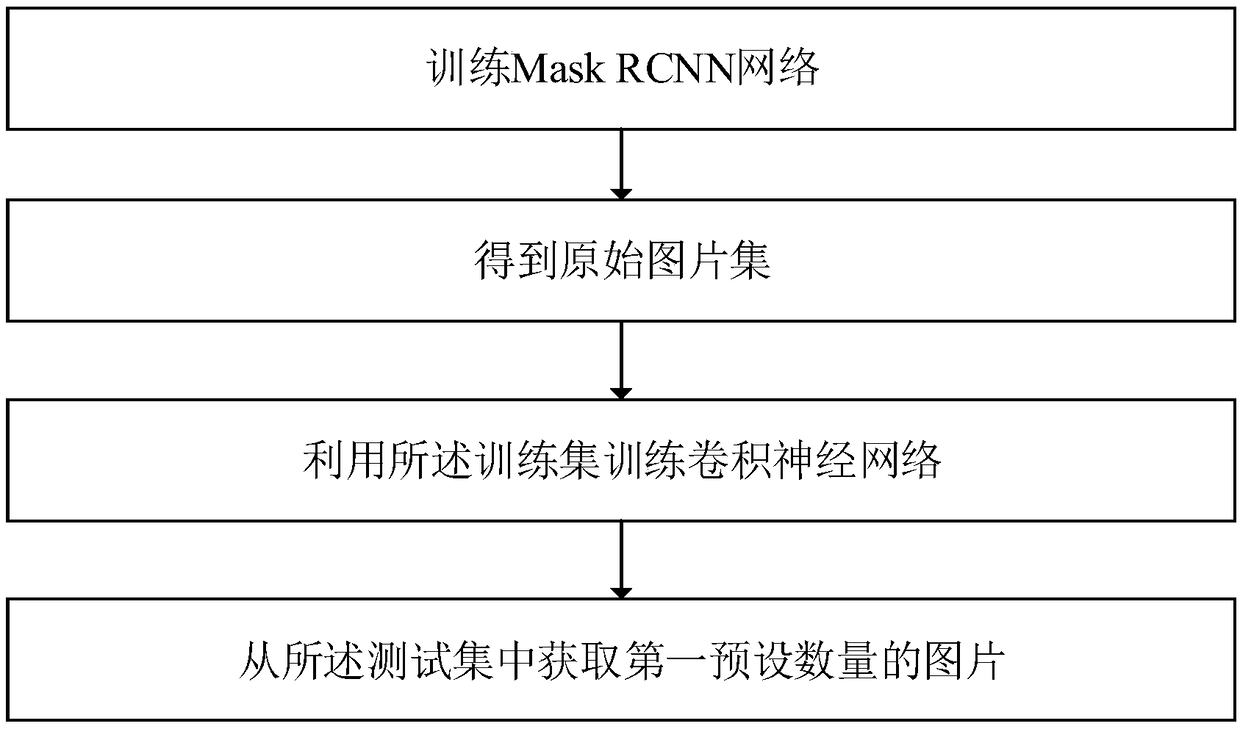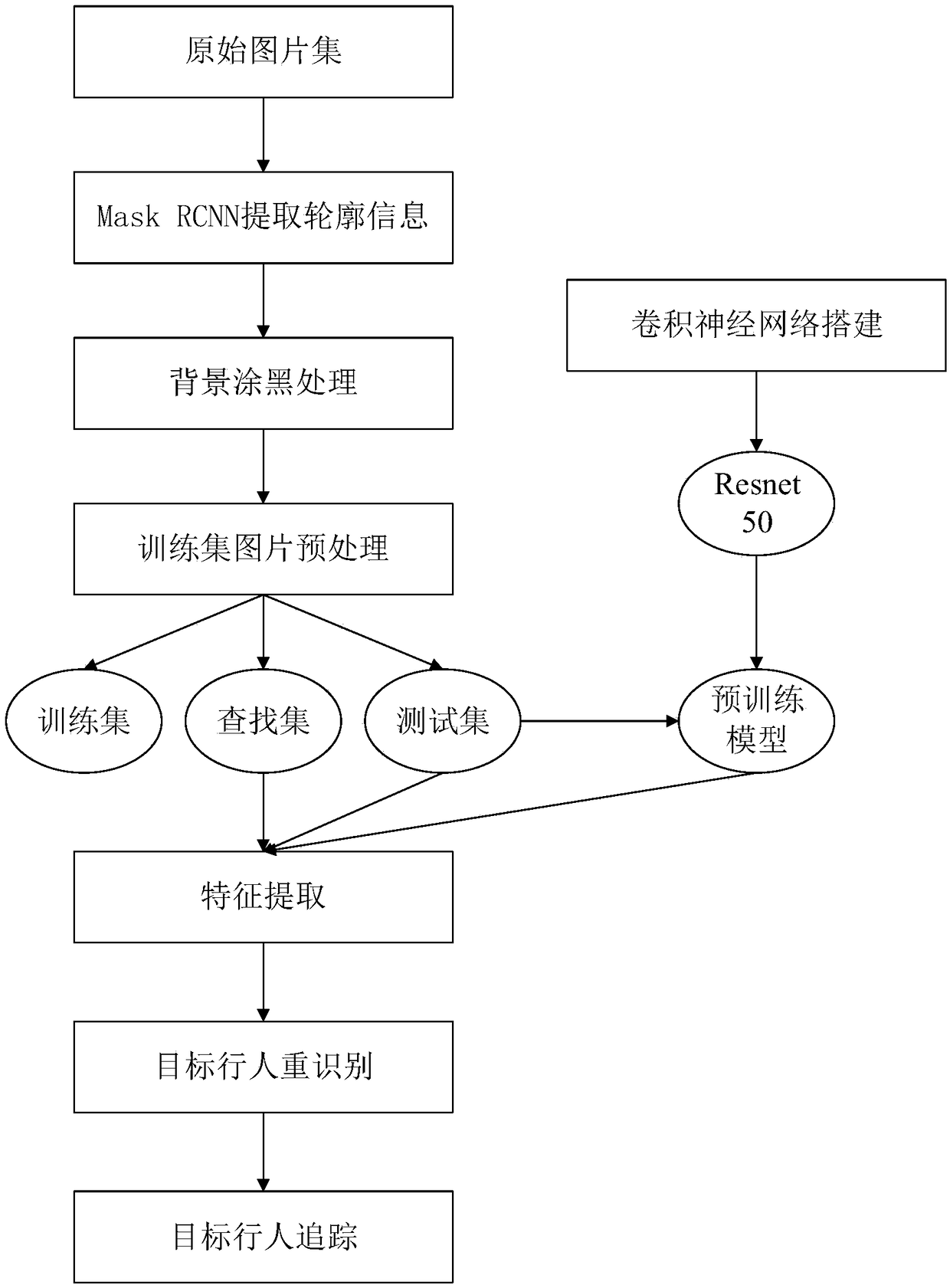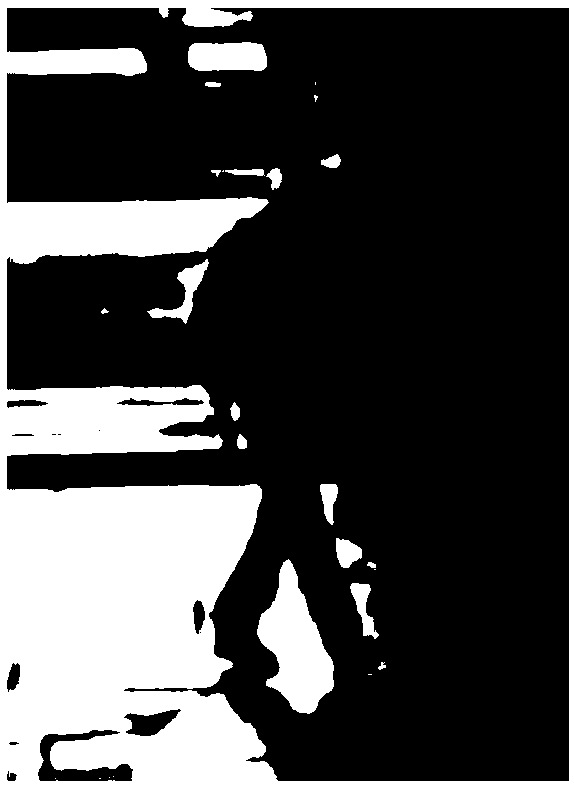A pedestrian re-recognition and tracking method based on spatio-temporal context
A pedestrian re-identification and space-time context technology, applied in the field of image processing, can solve the problems of long training time, long training time, and low tracking efficiency, and achieve the effects of reducing tracking calculation complexity, improving model accuracy, and improving tracking efficiency
- Summary
- Abstract
- Description
- Claims
- Application Information
AI Technical Summary
Problems solved by technology
Method used
Image
Examples
Embodiment 1
[0051] Please also see figure 1 and figure 2 , figure 1 It is a schematic flowchart of a pedestrian re-identification and tracking method based on spatio-temporal context provided by the embodiment of the present invention, figure 2 It is a schematic flowchart of another pedestrian re-identification and tracking method based on spatio-temporal context provided by the embodiment of the present invention. A pedestrian re-identification and tracking method based on spatio-temporal context, the method comprising:
[0052] Step 1. Train the Mask RCNN network;
[0053] Specifically, replace the RoI Pooling layer in the Faster RCNN network with the RoI Align layer, and add a parallel FCN layer (ie mask layer, for instance segmentation) after the last layer in the Faster RCNN network to obtain the MaskRCNN network.
[0054]Specifically, use the database to train the Mask RCNN network, and set the backbone in the Mask RCNN network to X_32x8d-FPN, and the backbone is the basic fra...
PUM
 Login to View More
Login to View More Abstract
Description
Claims
Application Information
 Login to View More
Login to View More - R&D
- Intellectual Property
- Life Sciences
- Materials
- Tech Scout
- Unparalleled Data Quality
- Higher Quality Content
- 60% Fewer Hallucinations
Browse by: Latest US Patents, China's latest patents, Technical Efficacy Thesaurus, Application Domain, Technology Topic, Popular Technical Reports.
© 2025 PatSnap. All rights reserved.Legal|Privacy policy|Modern Slavery Act Transparency Statement|Sitemap|About US| Contact US: help@patsnap.com



